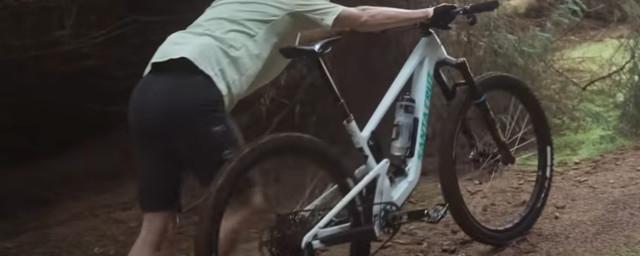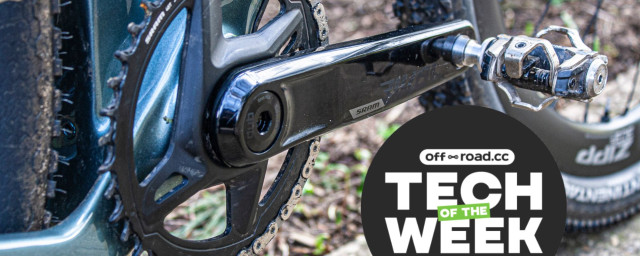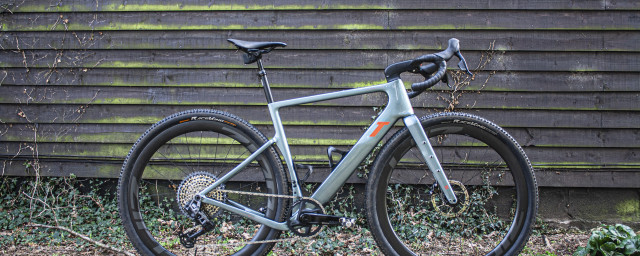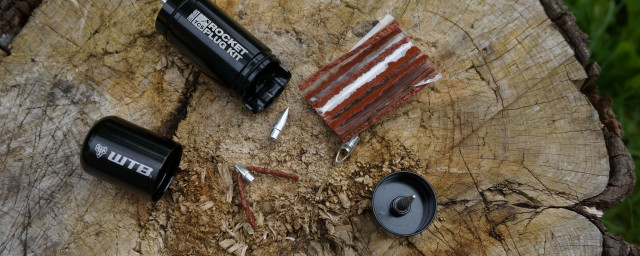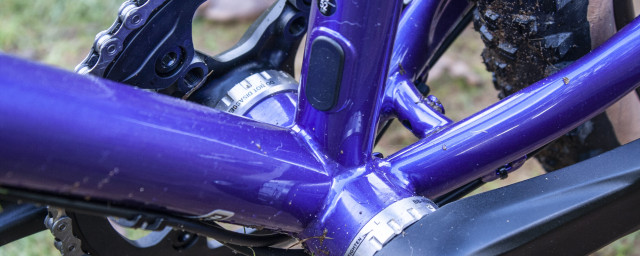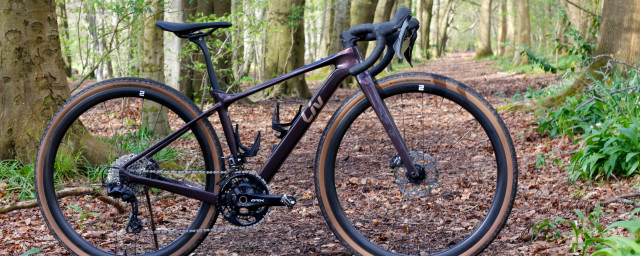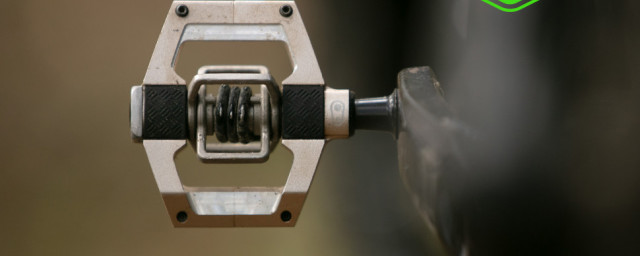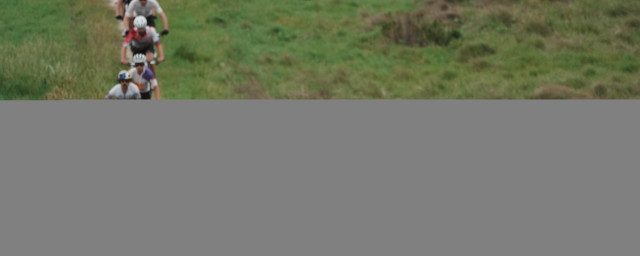The electrically assisted mountain bike, or e-MTB, has really taken off in the last couple of years. With the rough, tough image of an off roader and all the gung-ho attitude that goes with it, the addition of a battery and motor on the bike seems less of an issue. And unlike the early days of e-bikes, when everything looked a bit bolted together, the styling of current e-MTBs is really on point, with the e-bits well camouflaged by the frame and clever use of integrated graphics. Here are the things you’ll need to look for whilst thinking about your new purchase.
- Intense Tazer E-MTB review
- Mondraker E-Crafty XR E-MTB review
- Specialized Kenevo Expert 6Fattie e-bike review
e-MTB style
The e-MTB bike choices begin with a question of suspension. Front suspension bikes (also called hardtails) have a suspension fork at the front and a rigid frame – fairly conventional, easy to understand, easy to ride, cheaper and usually lighter than comparable specification full-suspension models.
Full suspension e-MTBs have a linkage rear end that uses a shock absorber to isolate the wheel. Full-suspension bikes are heavier, more expensive and complex to set up. They’re masses of fun to ride though.
If you think your mountain biking is going to be the lighter towpath and forest parks, with loops of well graded trail centres, then the hardtail is a great choice. It’ll give you the traditional mountain bike experience, with the added climb crushing addition of electrical assistance.
If you’ll be hitting the singletrack trails and have visions of finding the limits of traction as you search for more e-MTB action, then full-suspension is definitely the way to go.
Fat bikes need a mention here too: these go-anywhere tractors have huge tyres and a wider wheel standard to accommodate them. They originated as snow bikes but they're capable of rolling over sand, mud, rocks, roots and pretty much anything. They're heavy, but that's a lot less of an issue when you have a motor.
Wheel size
Time was that every mountain bike you could buy had 26" wheels. They're rare now, except on fat bikes: the new standard sizes are 27.5" and 29".
On top of that there are 'plus' sizes: these are the same rim sizes, but with bigger tyres. Standard trail tyres have a width of 2.5" or below. Plus-sized tyres are generally around 3", with full-on fat bike tyres coming in at around 4".
Which standard you go for depends on what you'll be riding. Bigger tyres give better traction and comfort, with a weight penalty. The motor on an e-MTB means that the extra weight is neither here nor there, and for that reason our current preferred wheel/tyre setup for an e-MTB is 27.5, a 27.5" rim with a 2.6"- 3" tyre.
Frame material
Unless you’re really desperate to spend lottery style cash on your bike, you’ll be looking at an alloy frame. Carbon fibre increasingly dominates the market for mountain bikes in the mid- to high-end. But with comparatively far fewer e-MTBs being currently sold globally (the genre is really just getting going) the economics of building e-MTB frames in carbon fibre and selling them at sensible money isn’t here, due to the high set-up costs for carbon moulds.
- The ultimate guide to bike frame materials
- First Look: Crankbrothers Synthesis carbon wheelset
- First Ride: Lapierre Overvolt iBosch e-MTB
Alloy gives frame manufacturers the chance to stay abreast of the fast evolving e-bike market. Costs for tweaks to alloy frame welding jig is much less than the cost of building new carbon fibre frame moulds, and things are a long way from being standardised right now.
Motor
The motor on any e-MTB with serious off-road intentions is positioned at the cranks. This is called a mid-motor design for obvious reasons. Some e-bikes have their motor located in the front or rear hub but these motors are much less effective for off-roading as they compromise the handling of the bike (at the rear) or the performance of the suspension fork (at the front).
Expect a high performance 250w motor with sensors for torque and cadence to supply the data it needs to know how much electrical assistance you need and when you need it. Major manufacturers are mostly using the same three or four motors and batteries, and providing you buy from a major, recognised mountain bike brand – generally those who are already famous for standard mountain bikes. You’ll not go far wrong.
You can choose the level of power assistance via a display or remote somewhere on the handlebars. Selecting a more economic power level with less assistance means you’re working harder – much like regular cycling but with the edge taken off a bit. You might say like having the wind at your back.
Selecting a mode for more electrical assistance, means you’re able to pedal with the feeling of having a superior level of fitness. And at maximum assistance (around 300 per cent) you’re still required to pedal hard if you want to go really fast, but at moments of key acceleration – up steep climbs or out of corners – you’re going to feel the engine give you a solid kick of power as you apply pressure to the pedals. Remember it’s only there up to 15.5mph.
Batteries
The battery for an e-MTB is usually located on the down tube, or increasingly built into it. For off road mountain biking the low relatively central position of both a mid-mount motor and downtube battery allows for a balanced and low centre of gravity and that means it’s easier to hustle the bike around trails with less physical effort and greater stability.
We’d always err on the side of a bigger battery for mountain biking, as it’s more power-hungry than road riding. Most e-MTBs will come with a 400Wh or 500Wh battery and some now with 700wh batteries. The battery is the most expensive single component, so cheaper bikes tend to have smaller batteries.
How long will the battery last? That’s the ‘how long is a piece of string’ question for a e-bike. It’s down to the level of electrical assistance you choose, your weight, and the topography of your chosen route: hills burn power much faster than flat ground. The surface you ride on makes a difference too, soft off-road conditions are more power hungry than hard, smooth tarmac.
Dashboard
Most e-MTBs use an LCD display mounted somewhere on the handlebars, and often a remote switch by the handlebar grip. You get the normal data you’d get from a computer (speed, distance, etc) plus the battery status, power reserves remaining and of course the power mode you’re currently in. Button presses to toggle between modes are easy, and within two minutes most people are away and using them instinctively.
Suspension
Suspension encompasses the front fork and, in full-suspension bikes, the rear shock. Mostly these will use an air spring and an oil damper, though some entry level e-MTBs might be equipped with a cheaper coil sprung fork.
Travel is the amount the fork or rear suspension can compress when it runs over an obstacle in the trail. It’s measured in millimetres.
Normally for a non-powered cross country bike (hardtail or full suspension), somewhere around 100mm is optimal. At ebiketips we feel that a little more is required for e-MTBs because of the added weight and higher average speed. For hardtails, 120mm might not seem a big jump, but a little extra helps the fork from diving through its mid-stroke sweet-spot the moment you start going quickly or hitting successive bumps.
For full suspension e-MTBs 120 to 140mm of travel front and rear is a great place to start. If you’re looking to get serious about tweaking the nose of gravity then look for models sporting 140-160mm of travel front and rear. This added travel allows for a more-supple feel, bigger individual hits and better handling of successive hits. Beyond that, downhill-specific e-MTBs will have up to 200mm of travel. They’re designed for the steepest mountain tracks, big jumps and hero-sized hits, so they’re not very ridable on regular mountain bike trails.
Look for adjustments on the suspension. Rebound can usually be adjusted; less rebound means the fork returns to its full (static) length more quickly – ideal for soaking up repeated hits in quick succession – but too little will make the fork feel very springy and may bounce you off the trail. Different riding styles and rider weights require different settings.
Compression damping dictates the speed the fork can respond when hitting an obstacle. Today it is more common to find a riding style switch which gives you a pre-set level of compression damping based on what you’re riding.
Lockout is sometimes offered on front and rear suspension. It can be useful when riding on the road where the requirement for lots of suspension travel is nil. Sometimes this is a switch, other times a lever. The action is usually ‘on’ or ‘off’.
Dropper seatposts
Many e-MTBs will have one of these fitted as standard. Dropper seatposts feature a hydraulically operated piston, on top of which is mounted the saddle. You can operate a switch to lower (or raise) the height of the saddle. They give the rider the chance to negotiate steep downhill sections without the saddle having to remain at full pedalling height. Removing the chance of the saddle hitting the rider in the backside and potentially over the handlebars.
Brakes
Any trail-ready e-MTB will come with disc brakes and hydraulic units are much better than cable-operated ones. Look for models by Shimano, SRAM, Magura or Tektro (TRP). Spares and bleeding equipment for big brands are widely available.
Because of the increased weight of an e-MTB and the fact that the average speeds are higher, you’ll need larger disc rotors. 160mm diameter rotors front and rear is standard on most regular cross country bikes, with 180mm on the front for trail bikes. With e-MTBs you should be looking for 180mm rotors front and rear for better stopping power. Bikes of 150-200mm travel will probably require 203mm rotors up front.
Transmission
Aside from the motor this is the same as you’d find on a regular mountain bike. Shimano and SRAM dominate. Both are excellent. Look for a wide range rear cassette at the rear. You’ll get ten or eleven rear sprockets; look for a largest rear sprocket of around 40 teeth for a proper big hill friendly set of ratios.
Tyres
Bigger is generally better. You’ll be going faster on a heavier bike: you need air volume for comfort, control, and protecting those rims. Don’t look for the lightest possible option.You need a predictable, dependable tyre, not a super light model that will squirm or fold under hard braking or cornering.
Look for a front tyre with a tread that has strong well supported, well defined shoulder knobs. These will really help give you the grip and confidence to learn hard on the fork into the turns without the danger of sliding out.
Look for tubeless ready wheel and tyre options. This means the wheel can be run without an inner tube. Tubeless tyre systems use a liquid tyre sealant inside the tyre which is able to self-seal most ordinary punctures. They can often do this without noticeable air loss.
If you want even more information, head over to our sister site E-Bike Tips, they are always bang up to date with new bikes, tech, reviews and interesting features.
We'd recommend test riding any potential new e-bike purchase, they'll be lots of brand new bikes at our 2019 Bath and Cannock Chase Bike Live Demo events, so maybe see you there! Good luck with the purchase!
Features / Reviews
- Feature - Are E-MTB's great levellers?
- First Ride - Liv Cycling Embolden E+1 women's e-bike
- First Ride - Liv Cycling Intrigue E+, 140mm women's e-bike
- Review - Liv Vall E+ Pro hardtail e-bike
- First Ride - Lapierre Overvolt iBosch e-bike
- First Ride - Lapierre Overvolt iShimano e-bike
- Review - Mondraker E-Crafty XR e-bike
- Review - Specialized new 2019 Turbo Levo e-bike

















